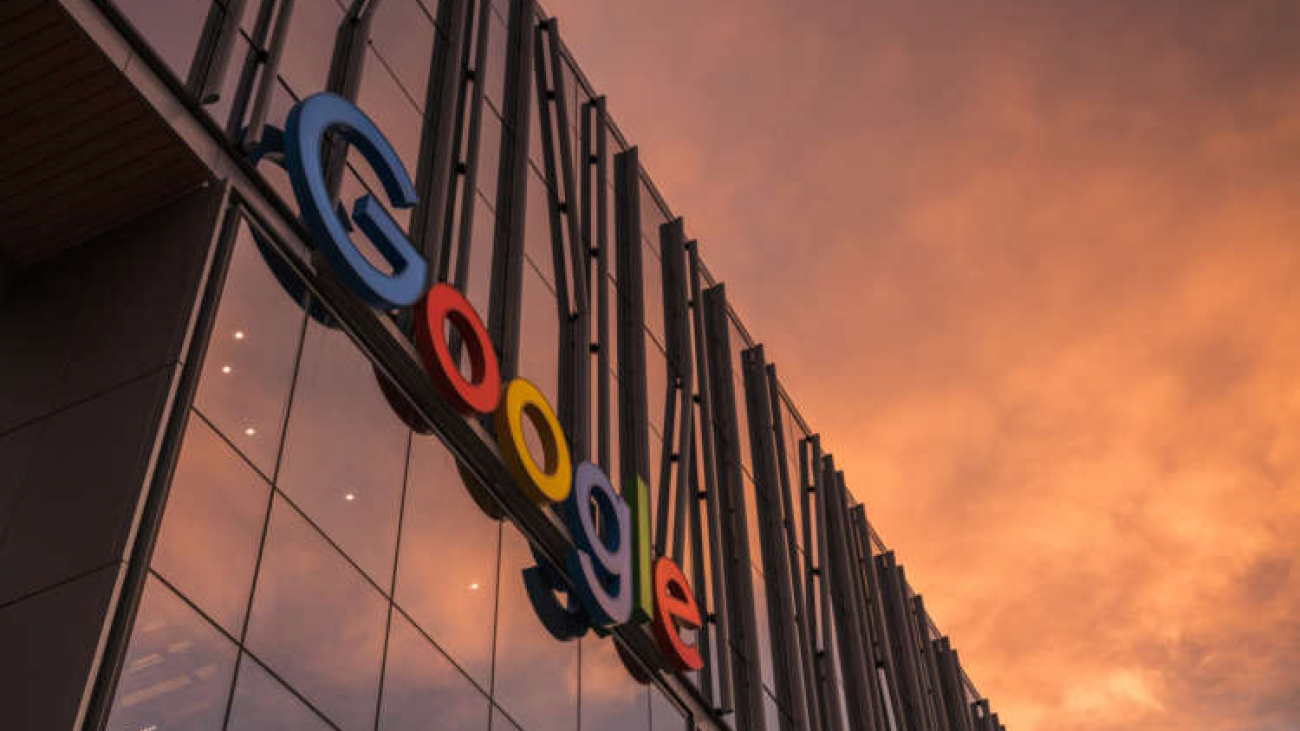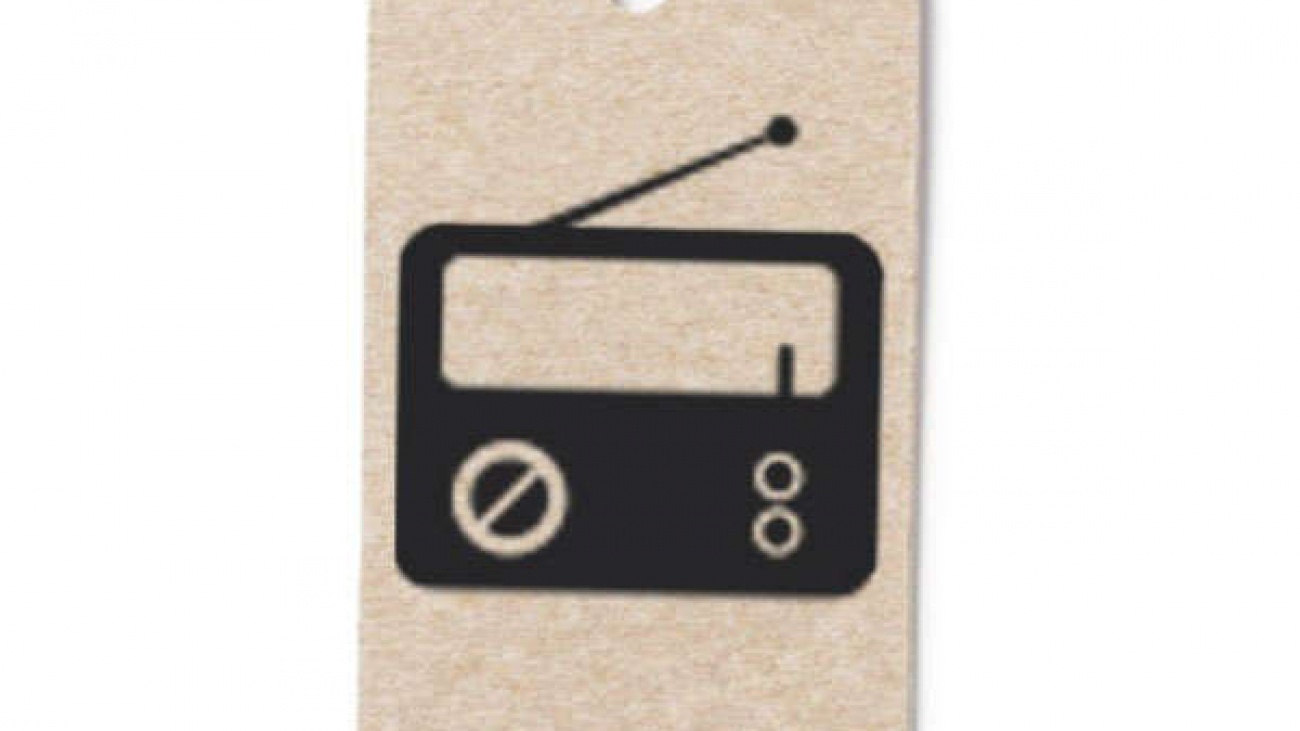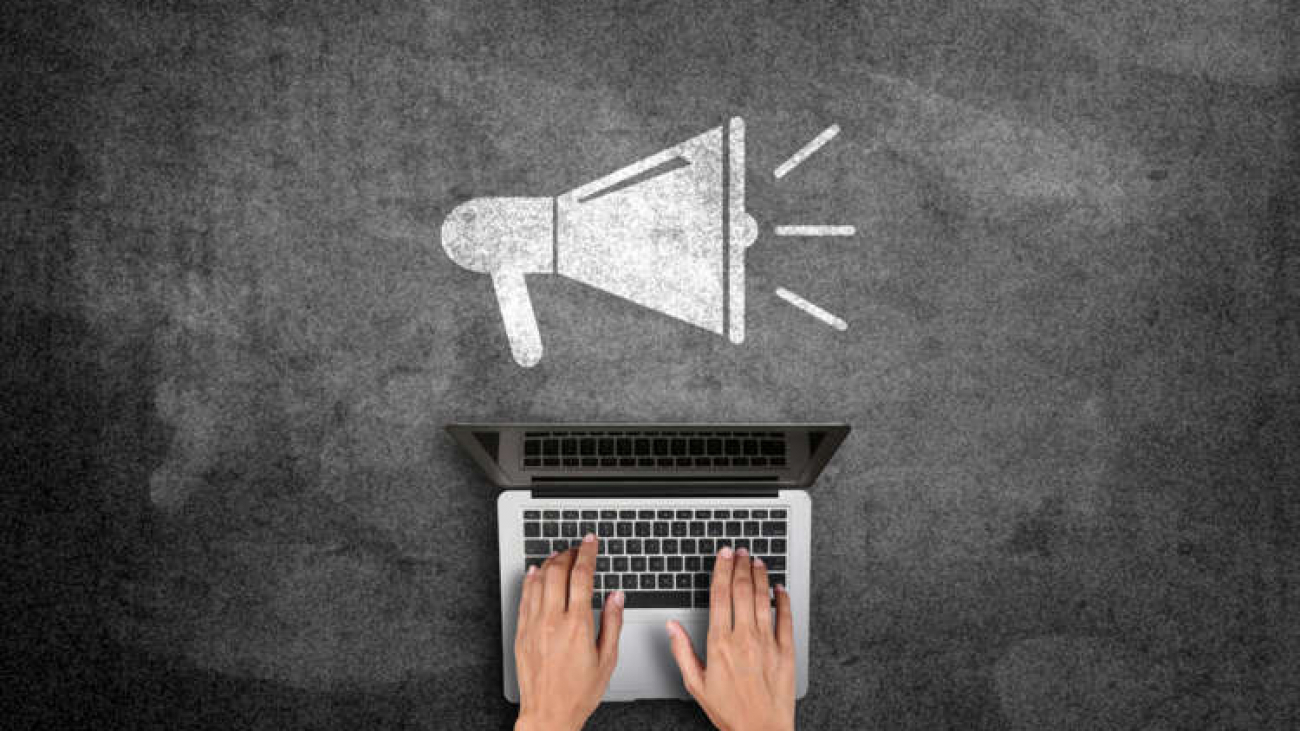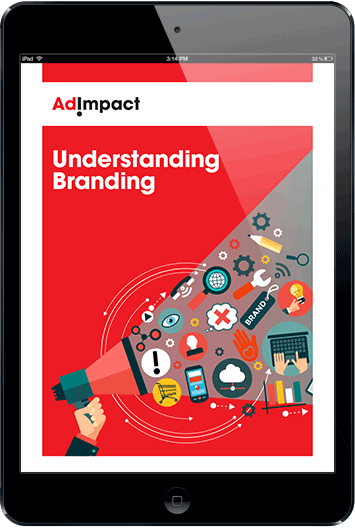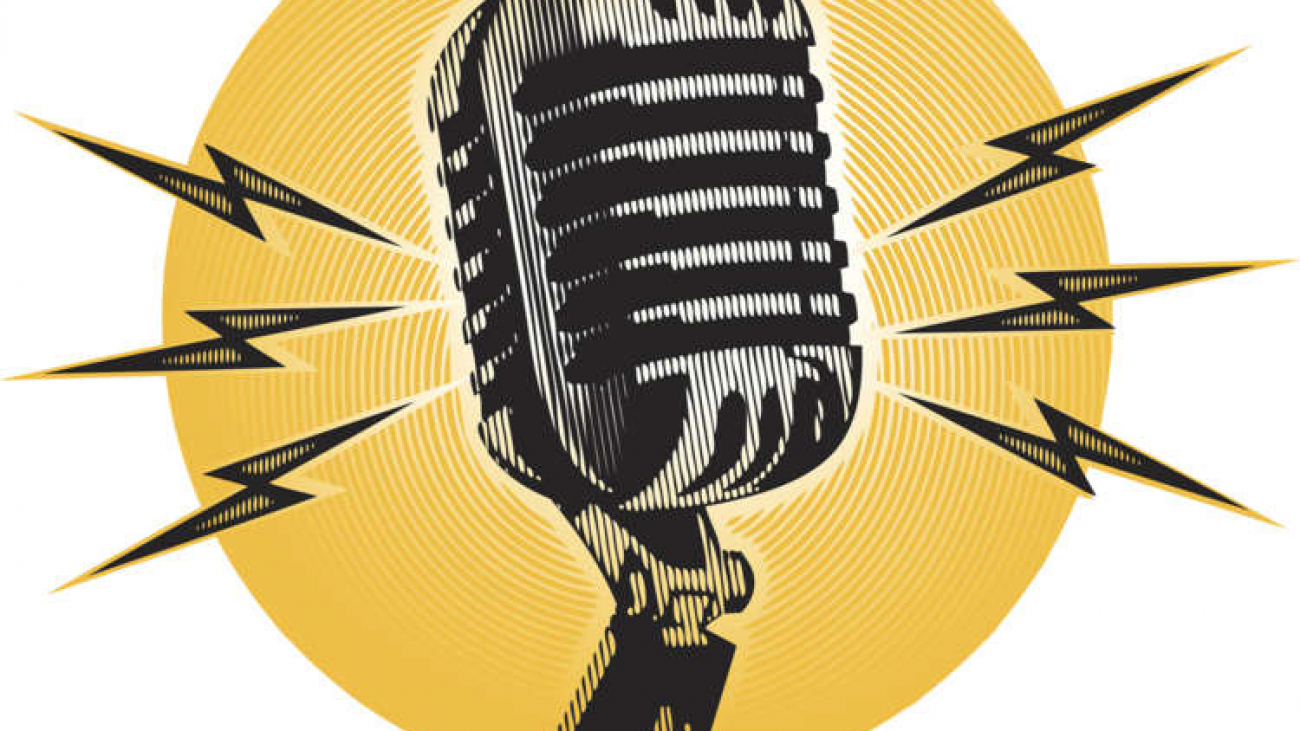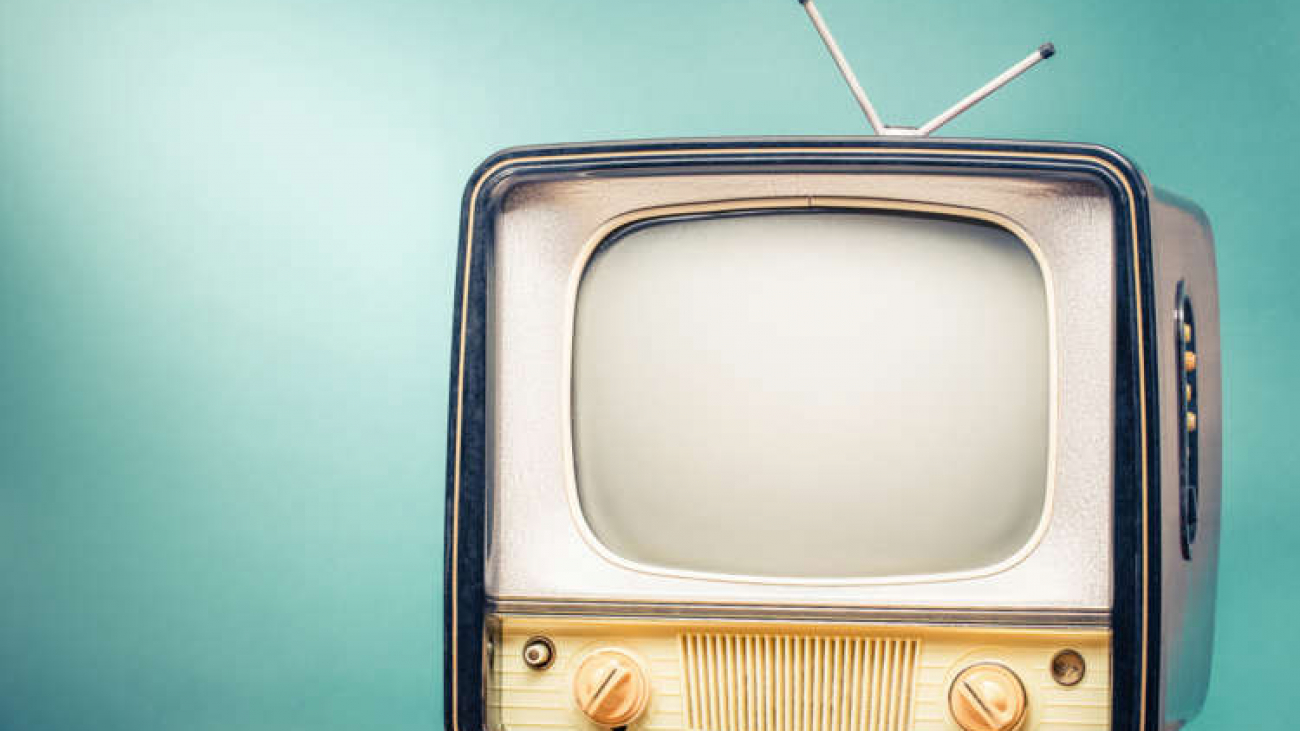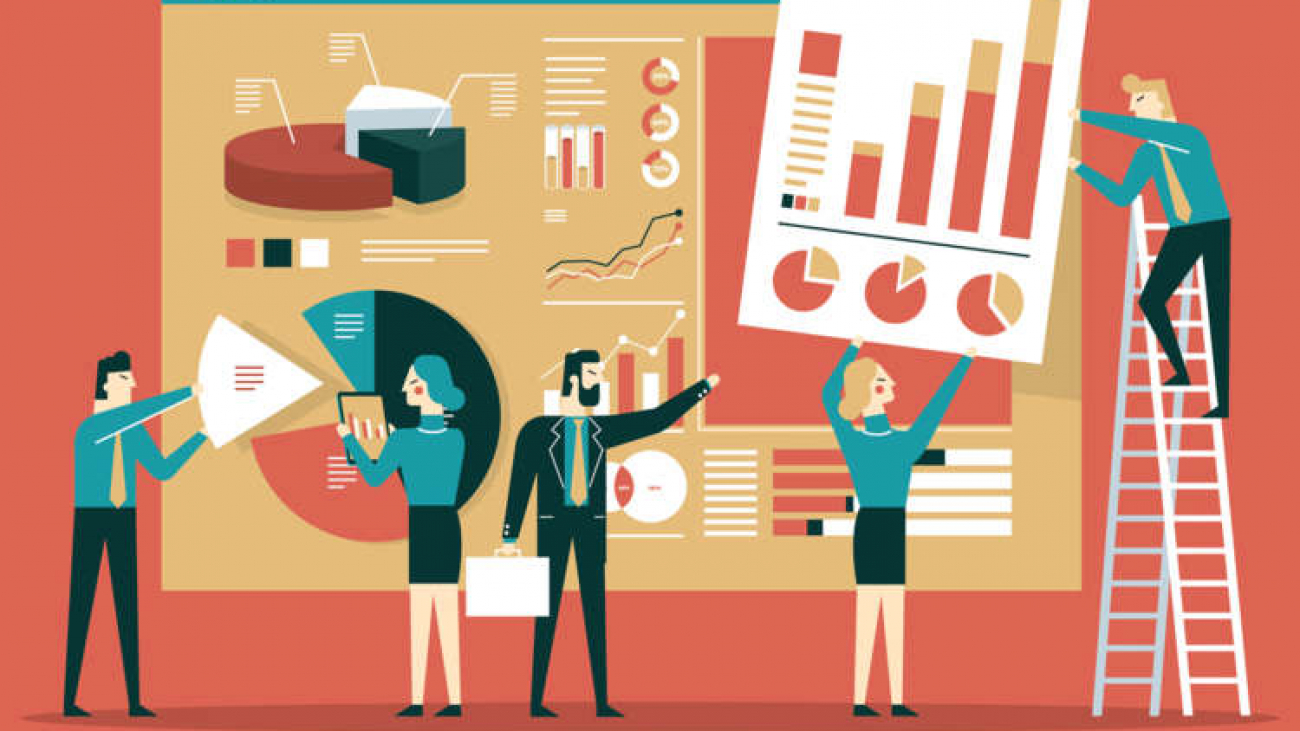Adwords is now Google’s main source of revenue. In 2019 alone, Google raked in over 100 billion dollars in Adwords money. It is fair to say that most businesses, from local to international, rely on this platform in order to be noticed by consumers. It is therefore tempting for businesses to bring the management of their Adwords campaigns inhouse.
But for many reasons, this is a bad idea.
Here’s why you should instead hire a professional Adwords management company.
Staying Up To Date
Google Adwords is a constantly evolving advertising ecosystem. Originally just a platform for purchasing keywords, it has since developed into a service that lets users display products, videos, mobile applications; a service that uses artificial intelligence and machine learning; and a service that allows you to track consumer behaviour. Month-by-month the platform changes, with new features and subtle tweaks consistently being added. For this reason, you don’t want to manage the platform yourself.
The influx of new developments is simply too difficult to keep track of while simultaneously managing your own business. It requires experts who make the education and mastery of these new features their job. It’s a job that’s even too big for inhouse marketers to do. Expecting them to keep up with these changes while concurrently executing the everyday task of PPC management is practically tempting fate.
Detailed And Comprehensive Reporting
Marketing with Adwords is an iterative process, one that requires constant A/B testing. For this reason, you need an accurate and comprehensive way to measure results. Adwords management companies help to solve this problem completely.
Adwords management companies have ways of triangulating in on consumer behaviour. These agencies have the ability to set up extensive conversion-tracking for your business; measuring behaviour like button clicks, downloads and form submissions. Additionally, many of these agencies use third-party tools to inform you on how your business performance matches with that of your competitors. Moreover, Adwords management companies collate all this raw indigestible data, and present it to you in regular, easy-to-consume reports.
The Risk Of Mismanagement
Using Google Adwords is not cheap. If managed incorrectly, you can easily churn through thousands of dollars without ever seeing an appreciable difference in consumer activity. The stakes are simply too high to be putting inexperienced workers on the job.
Adwords agencies by contrast have thousands of hours’ worth of experience with the platform. By conducting deeper levels of keyword research and competitor analysis, they have a better idea of how to play the system so as to produce the greatest results. They can optimise the exposure of your business, while simultaneously reducing costs and bring in the highest-quality leads.
The Lack Of Tools
The Adwords platform itself is reasonably good for subjects like keyword research or tracking basic consumer behaviour. However, if you really want to be competitive in the market, the meagre features that the platform offers aren’t going to be enough. You’ll need to employ multiple third-party tools for an even greater level of keyword research, competitor analysis and bid management.
Many of these third-party tools are unexpectedly costly. They’re not made for a single small business to conduct advanced market research. This is yet another reason why it’s smart to outsource to a professional Adwords management company. These third-party tools among the companies’ primary business expenses. As such, their overhead is more manageable than a company that would have to pay for these programs, in addition to all of their regular expenses. This means they can charge you reasonable prices for their use.
Allow Experts To Be Experts
As widely as it is used, Google Adwords is still a tool meant for specialists. It is a necessary feature for any business that wishes to market online, but to used effectively, it needs to be managed by experienced and dedicated professionals. So we recommend as much as we can, that if you intend to use a PPC campaign, then employ a professional Adwords agency.
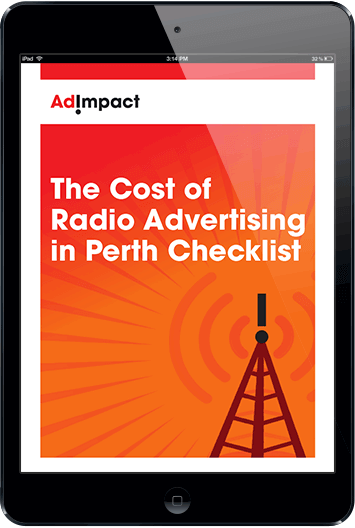
Free eBook
Fill in the form below to download the free eBook


